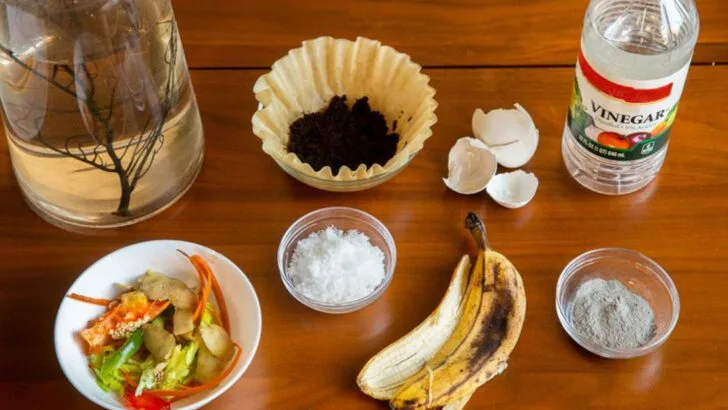Back in the 1800s, when grocery stores were scarce and every meal depended on what could be grown at home, gardening wasn’t a hobby—it was survival. Almanacs were the go-to resource for early American families, packed with practical advice on planting, harvesting, and protecting crops in every season. These handwritten or printed guides weren’t just weather forecasts; they held time-tested knowledge passed down from one generation to the next. And while we now rely on apps and digital tips, some of the best gardening wisdom still lives in those dusty old pages.
What’s surprising is just how relevant many of those techniques remain today. From moon-phase planting to natural pest deterrents, many of the secrets found in 19th-century almanacs are backed by science—or at least proven results from decades of trial and error. And unlike modern gardening hacks that often require pricey products or trendy gadgets, these old methods relied on what people already had on hand, making them perfect for budget-conscious gardeners or anyone wanting to reconnect with the land.
Whether you’re growing your own vegetables for health, savings, or sheer satisfaction, these forgotten but powerful techniques could make all the difference. Rediscovering what worked in the 1800s might be the smartest move for your 2020s garden. Let’s dive into 15 timeless tips from historic almanacs that are still worth following today.
Companion Planting
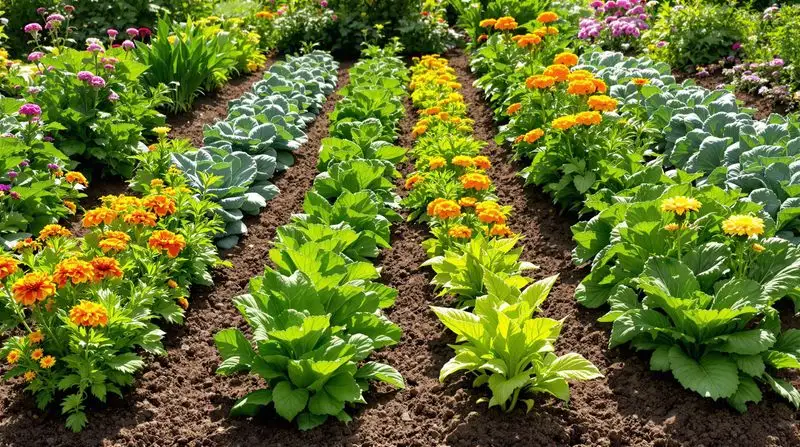
Got pests ruining your vegetables? Pairing plants can be a gardener’s secret weapon. Marigolds beside tomatoes, or basil with peppers, create naturally deterrent symbiosis. This tactic reduces pests without chemicals. Each plant contributes unique benefits, from repelling insects to enhancing growth. Picture an 1800s gardener, adeptly arranging crops for mutual gain. Even today, companion planting remains valuable for organic farming. Tried and tested, it’s a sustainable choice. Create a thriving ecosystem in your own backyard with this age-old technique that continues to prove its worth season after season.
Mulching with Straw
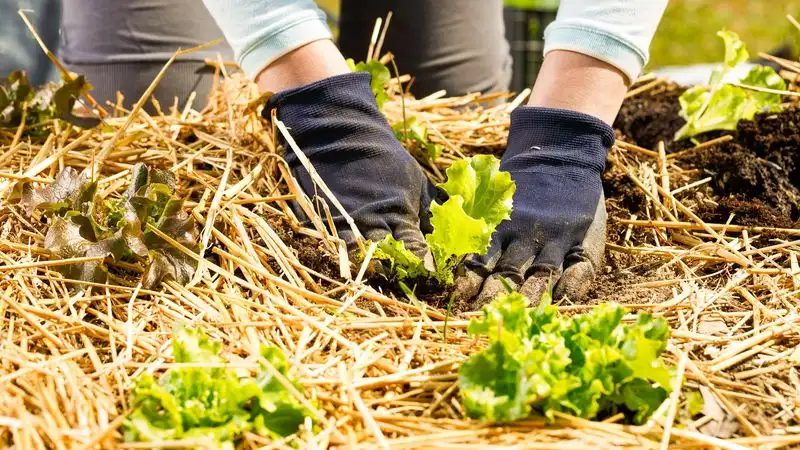
Keeping soil moist and weeds at bay was as important in the 1800s as it is now. Straw mulching was the farmers’ secret. It conserves moisture, regulates soil temperature, and prevents weeds. The simplicity of straw is its charm. Lay it thick over your garden beds, and witness your plants flourish. Whether you’re growing vegetables or flowers, straw provides a protective blanket. This method is as relevant today as it was over a century ago, proving that sometimes the simplest solutions are the most effective.
Crop Rotation
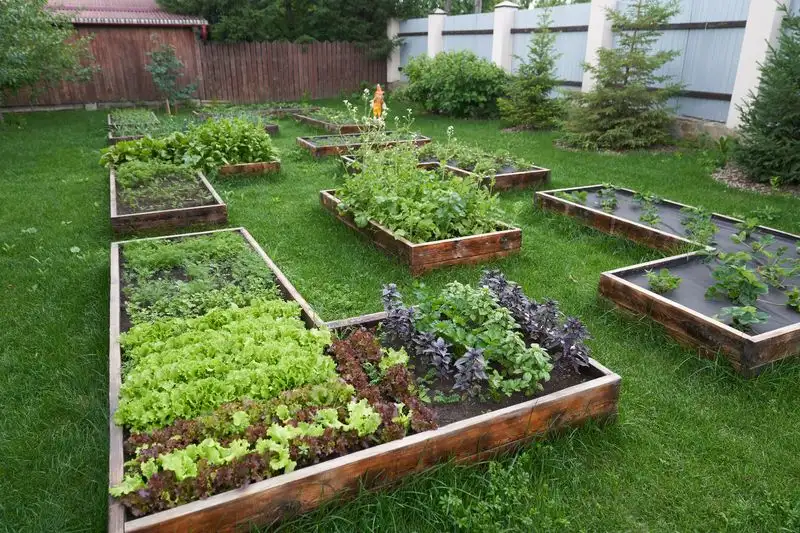
Tired of depleted soil? The 1800s almanacs had a remedy: crop rotation. By alternating crops, nutrients are preserved, and pest cycles are disrupted. Imagine a field shifting from corn to beans, rejuvenating the land with natural nitrogen. This practice maintains soil fertility and reduces reliance on artificial fertilizers. Farmers of the past understood the balance of nature, teaching us the importance of diversity in agriculture. Today, crop rotation continues to be a cornerstone of sustainable farming, showing that wisdom from the past holds great insight for the future.
Composting
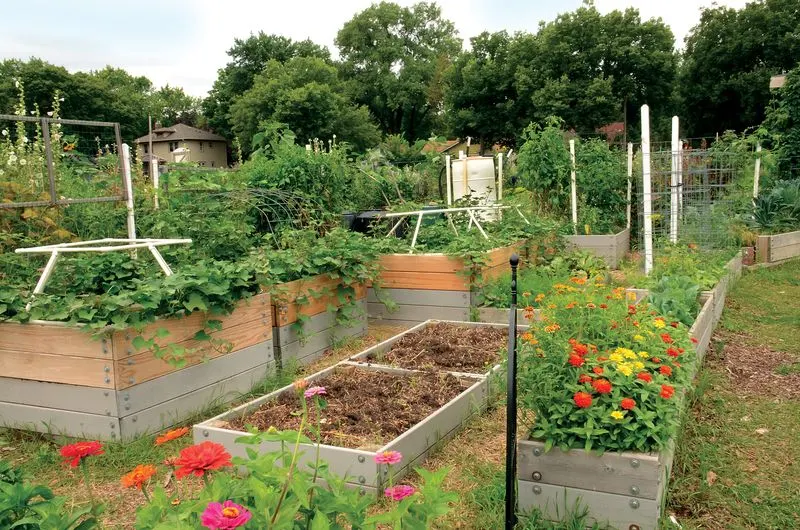
Transforming waste into fertile soil was a revelation even in the 1800s. Composting is nature’s recycling system, enriching the earth with organic matter. Picture a farmer composting vegetable scraps, leaves, and manure, creating a nourishing blend for the garden. The process fosters a self-sustaining ecosystem. Composting reduces the need for chemical fertilizers and enhances soil structure. It’s a timeless practice that aligns with modern eco-conscious living. Embrace this age-old technique to enrich your garden, proving that the best solutions are often the simplest.
Natural Pest Remedies
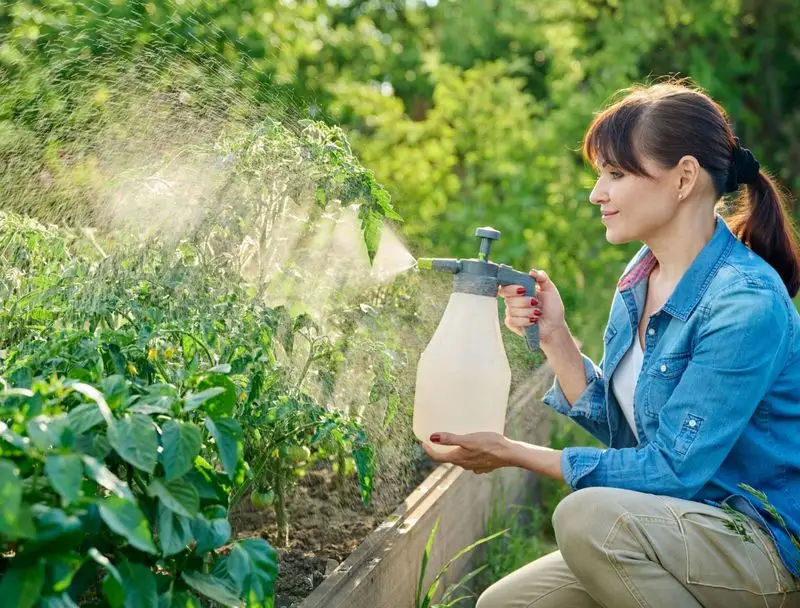
Before chemical pesticides, gardeners relied on natural solutions. Old almanacs reveal concoctions using garlic, neem oil, and even soap. These natural remedies are gentle on plants but tough on invaders. Imagine crafting your own pest potions, channeling the resourcefulness of 19th-century gardeners. These methods still offer an effective alternative today, aligning with a growing desire for environmentally friendly practices. Embrace these time-honored tricks to keep your garden healthy and flourishing, proving that ingenuity and nature’s bounty can outsmart modern-day challenges.
Heirloom Seed Saving
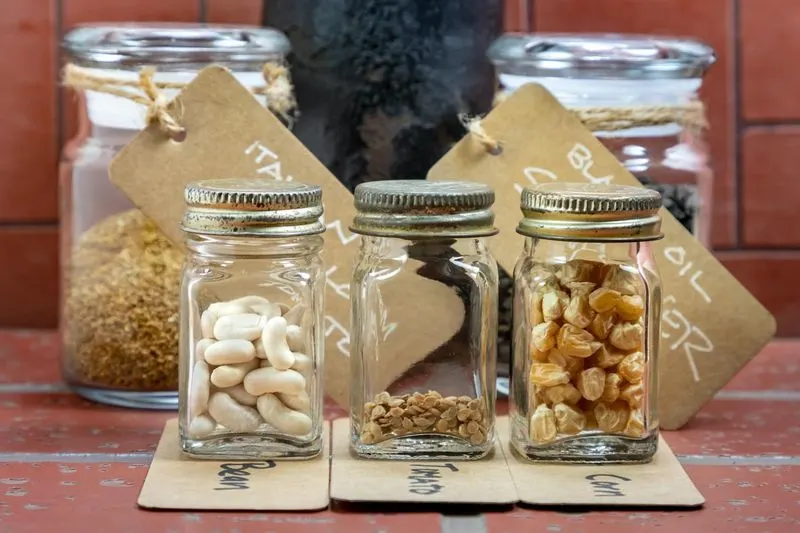
In an era before seed packets, gardeners saved seeds from the best crops. This preserved genetic diversity and adapted plants to local conditions. Imagine a gardener carefully selecting seeds from the juiciest tomato or the heartiest squash. Heirloom seed saving is a practice rooted in sustainability and heritage. It connects us to generations past, ensuring resilience in our modern gardens. By saving your seeds, you’re preserving unique flavors and traits, celebrating a tradition that promises a rich, diverse harvest year after year.
Homemade Fertilizers
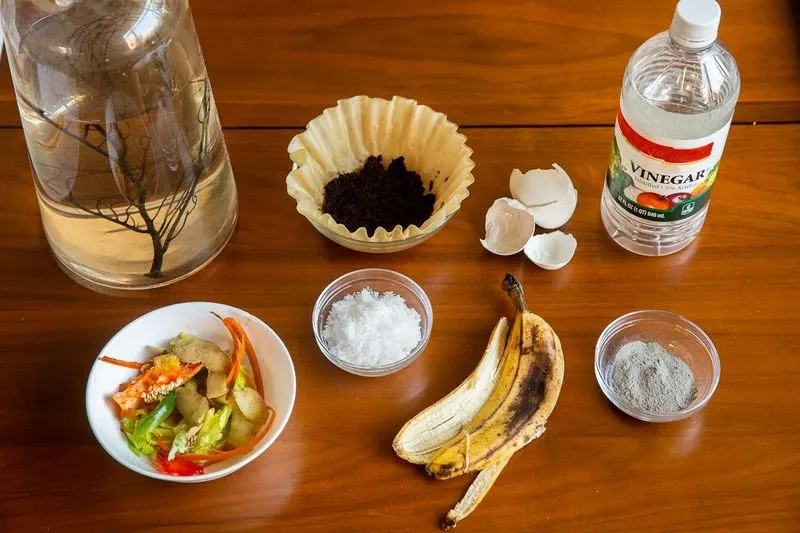
In the absence of commercial fertilizers, gardeners crafted their own. Combining manure, ash, and bone meal, they enriched the soil. This DIY approach not only recycles waste but nourishes the earth. Picture a gardener stirring a concoction, knowing it will bolster the next season’s crops. These methods support plant health without relying on synthetic chemicals. Creating homemade fertilizers continues to be a practical, eco-friendly choice that nurtures gardens while staying true to nature’s cycles. The wisdom in this practice lies in its simplicity and sustainability.
Cold Frames and Hot Beds
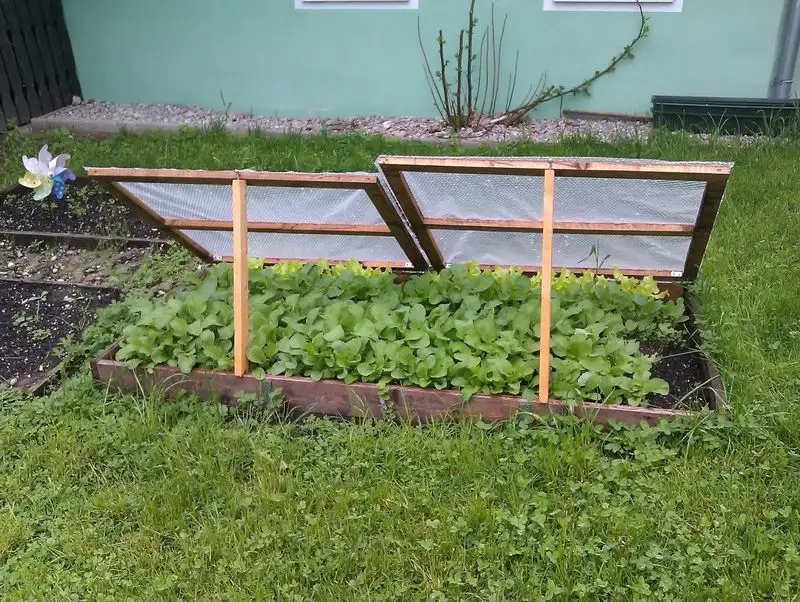
Extending the growing season was a challenge met with ingenuity in the 1800s. Cold frames and hot beds offered solutions. These structures protect plants from frost, allowing early planting and late harvests. Imagine nurturing seedlings in a cozy frame, shielded from winter’s chill. By harnessing natural heat and sunlight, gardeners enjoy fresh produce beyond the conventional season. Today, these structures continue to provide a simple, effective method to stretch planting timelines. They remind us that innovation in gardening is not reserved for modern times.
Hay Bale Gardening
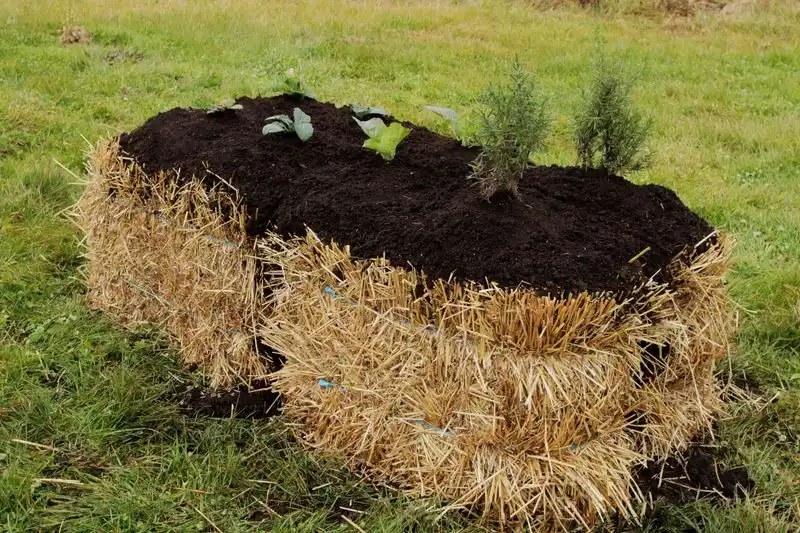
Ever thought of hay as a planter? 1800s gardeners did. By planting directly into decomposing hay bales, they utilized an underfoot resource. This method offers excellent drainage and reduces soil-borne diseases. Imagine vegetables thriving atop golden bales, their roots nestled in decomposing mulch. It’s an ingenious use of available materials that requires minimal setup. Hay bale gardening offers a novel, practical way to grow crops, especially where traditional soil may be lacking. It’s a testament to the creativity and resourcefulness of past gardening practices.
Seed Scarification
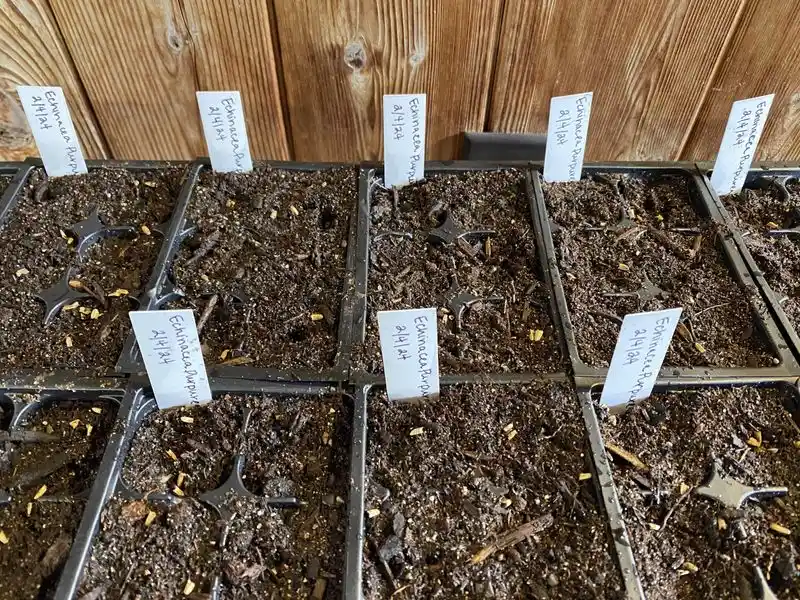
Some seeds need a little help to sprout, a fact well known in the 1800s. Scarification, or gently scratching seed coats, aids germination. Back then, gardeners used knives or sandpaper. This technique breaks dormancy, allowing water to penetrate and growth to commence. Imagine a gardener delicately preparing seeds, each scratch a promise of life. Today, scarification remains vital for certain plants, especially those with hard coatings. It’s a small, thoughtful act that honors the care and foresight of gardeners from yesteryear, ensuring seeds fulfill their potential.
Biodynamic Gardening
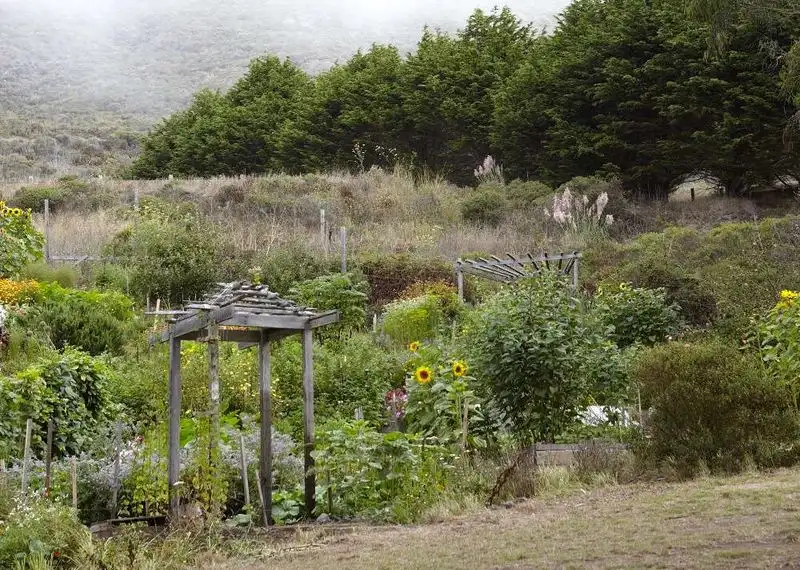
In the 1800s, some gardeners practiced methods resembling what we now call biodynamic gardening. This holistic approach views the garden as a living ecosystem, involving unique preparations and attention to cosmic influences. Imagine a gardener stirring special brews, aware of celestial cycles. Though these practices can seem mystical, they emphasize harmony with nature. Biodynamic gardening encourages a deeper connection to the earth, fostering resilience in plants. The principles, encouraging biodiversity and sustainability, resonate today, offering an intriguing blend of science and tradition for mindful gardeners.
Layered Composting
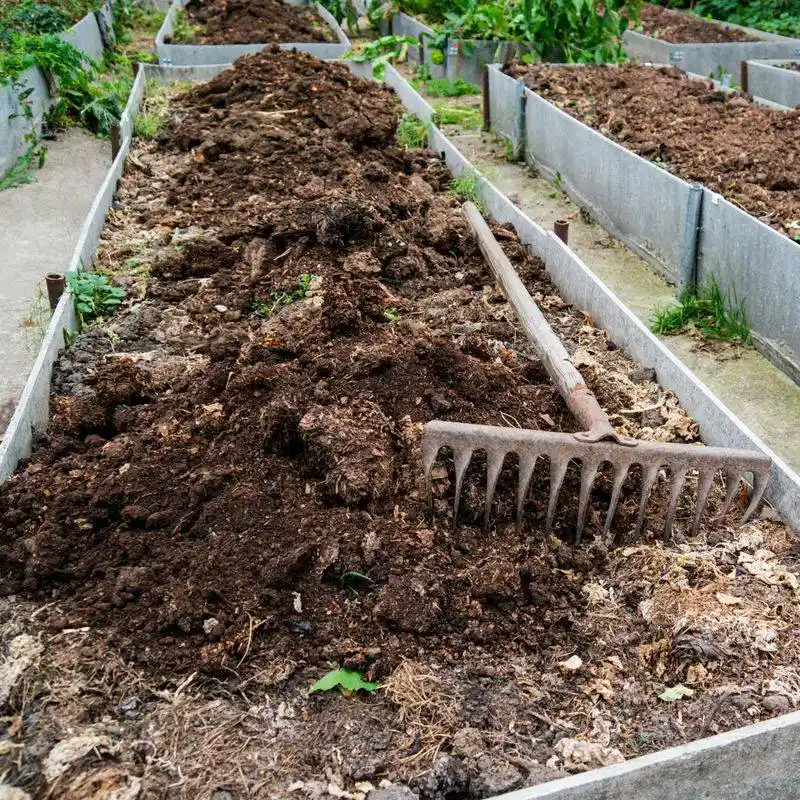
Creating rich compost involves more than piling scraps. In the 1800s, gardeners layered materials strategically. Alternating greens and browns generates heat and speeds decomposition. Picture a gardener carefully stacking leaves, kitchen waste, and straw, crafting a balanced blend. This method maximizes nutrient availability, producing high-quality compost. Layered composting remains an effective technique, ensuring your pile breaks down efficiently. It’s a methodical practice that embodies the patience and wisdom of historical gardeners, proving that thoughtful compost construction leads to robust garden growth.
Espalier Trees
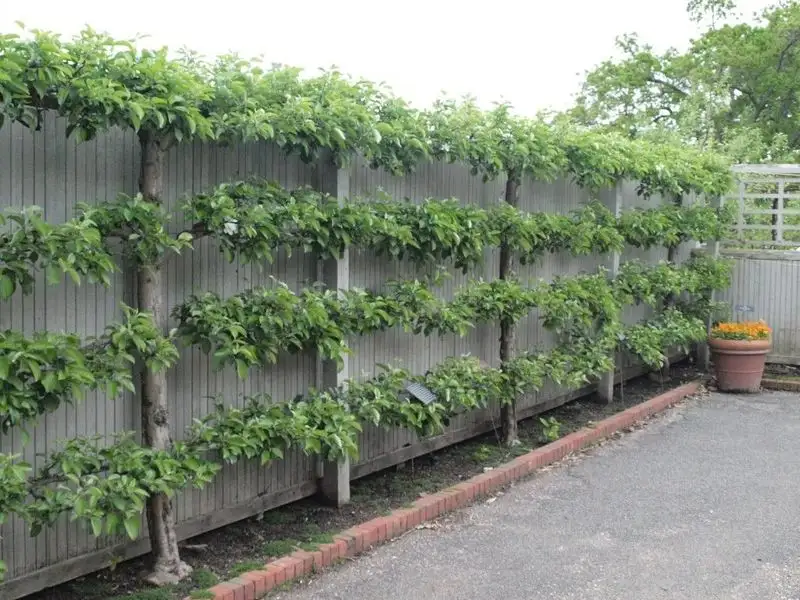
Espalier, the art of training trees against walls, was a refined practice in the 1800s. It maximizes space and improves fruit production. Imagine an apple tree elegantly fanned against a sunlit wall, blending practicality with beauty. This method allows for easy harvest and creates striking visual appeal. Espalier remains popular for those with limited space, offering both decorative and productive advantages. It reflects an era’s appreciation for aesthetic and function in harmony, teaching modern gardeners that beauty and utility can grow hand in hand, just as they did centuries ago.
Herbal Foliar Sprays
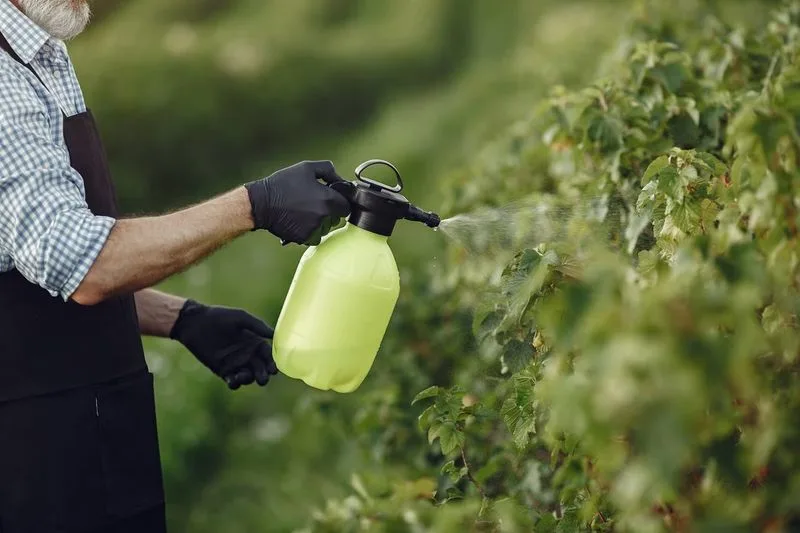
Foliar sprays made from herbs were a staple in the gardener’s toolkit. These sprays deliver nutrients directly to leaves, boosting plant health. Imagine a gardener brewing a concoction of nettles or comfrey, misting it over lush greens. This technique enhances growth and pest resistance. It’s a practice rooted in resourcefulness, using plants to nourish plants. Herbal foliar sprays remain a valuable tool in organic gardening, offering a simple, effective way to support thriving gardens. They echo the ingenuity of past gardeners, proving that nature often holds the best solutions.

